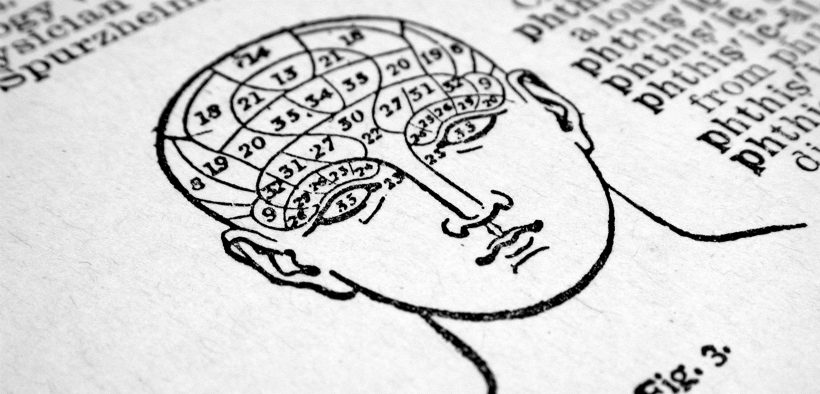I recently had the great pleasure of reading Bill Bryson’s new book, The Body: A Guide for Occupants. It’s classic Bryson: a fascinating, well-told, hilarious overview of how the seven octillion atoms in every one of us make us what we are. Being a nonscientist, what jumped out at me was just how much about basic anatomy and human biology remains a mystery. Why do we have fingerprints? No one knows. The same goes for sinuses, even though they take up a lot of room in our heads. Speaking of heads, brains across the world shrunk by about 150 cubic centimeters (about the size of a tennis ball) at the end of the last ice age, a diminution nobody can explain. And finally, despite plentiful theories, we still don’t understand why we age.
Related Articles
I have two loves: teaching and learning. Although I love them for different reasons, I’ve been passionate about...
Active learning is a mostly meaningless educational buzzword. It’s a feel-good, intuitively popular term that indicates concern for...
Perhaps the earliest introduction a student has with a course is the syllabus as it’s generally the first...
Generative AI allows instructors to create interactive, self-directed review activities for their courses. The beauty of these activities...
I’ve often felt that a teacher’s life is suspended, Janus-like, between past experiences and future hopes; it’s only...
I teach first-year writing at a small liberal arts college, and on the first day of class, I...
Proponents of rubrics champion them as a means of ensuring consistency in grading, not only between students within...








